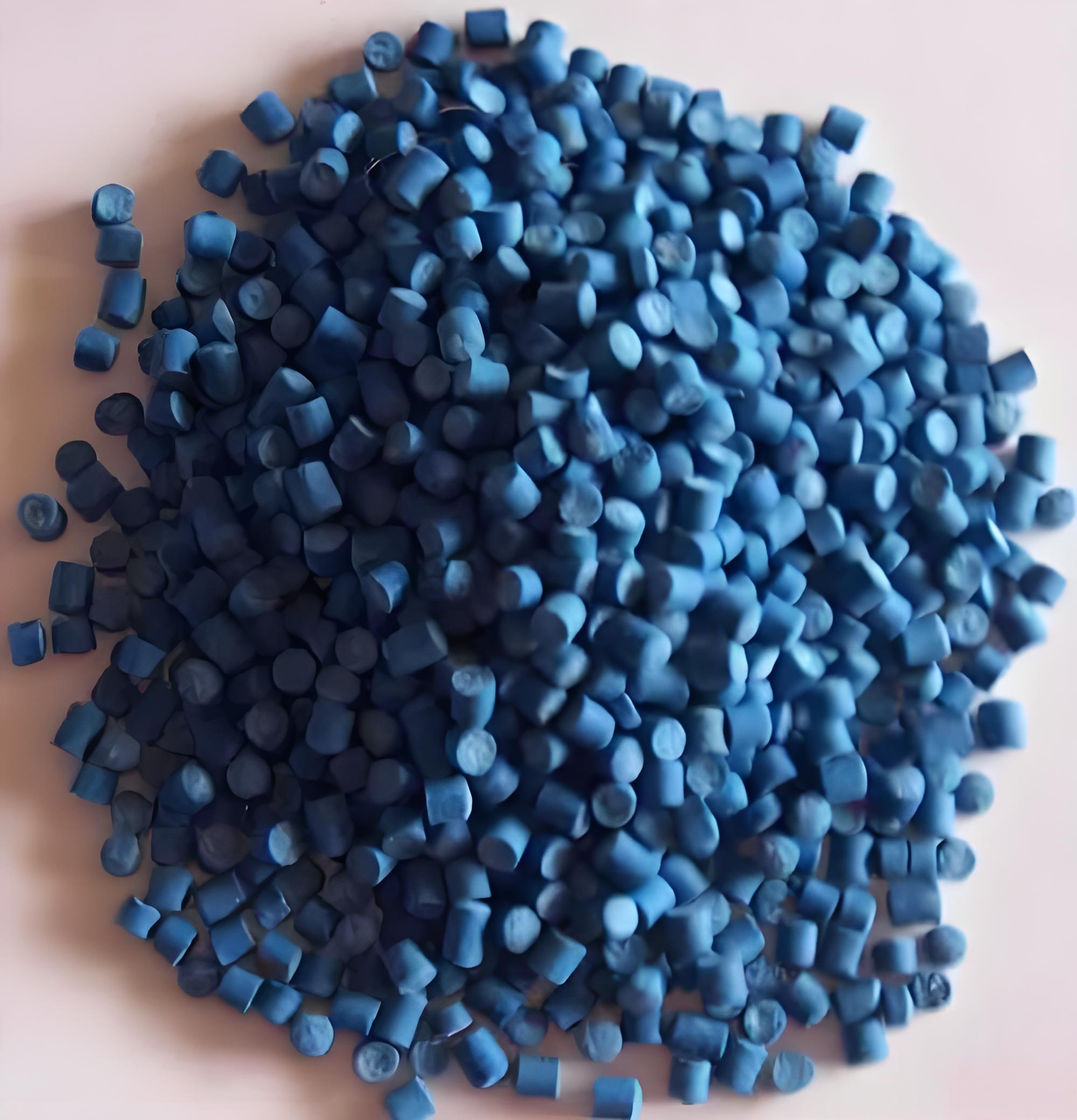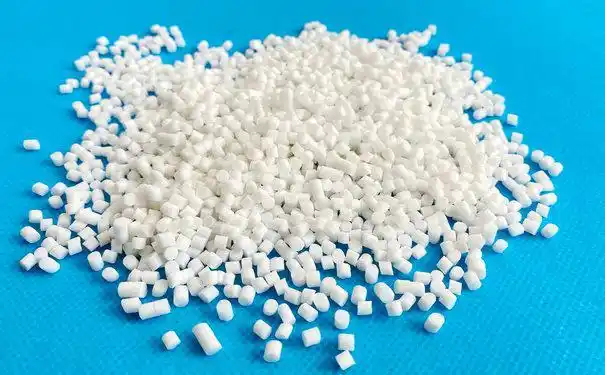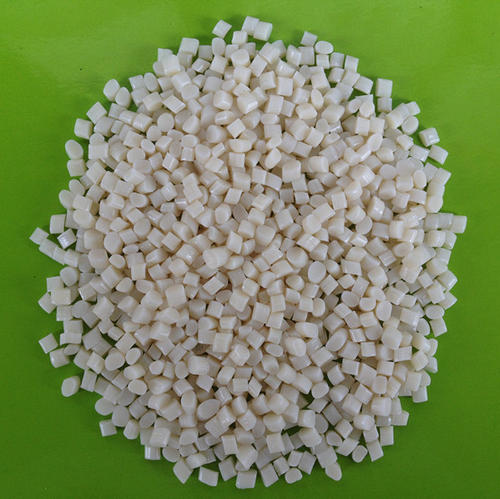As someone who’s been immersed in the plastics industry for nearly two decades, working with everything from automotive seals to soft-touch consumer goods, I’ve encountered just about every hiccup that can derail a production run. One of the trickiest issues I’ve had to tackle is bubbles in TPE overmolding—those pesky air pockets or voids that show up in the finished product, ruining aesthetics and compromising performance. Whether you’re molding TPE grips onto tool handles or seals onto car parts, bubbles can lead to rejected batches, costly rework, and frustrated clients. Drawing from years of troubleshooting on factory floors and collaborating with material engineers, I’ll break down the main reasons bubbles form during TPE overmolding and share practical solutions to help you achieve flawless, bubble-free parts.

Why Bubbles in TPE Overmolding Are a Problem
Bubbles, also known as voids or gas traps, aren’t just a visual defect—they can weaken the bond between TPE and the substrate, reduce durability, and affect functionality. In applications like medical devices or automotive components, bubbles can even lead to safety concerns. I once worked with a manufacturer of TPE-coated electronics housings where bubbles caused water ingress, leading to a costly recall. Understanding the causes of bubbles is the first step to preventing them, ensuring your products meet quality standards and perform reliably.
Key Causes of Bubbles in TPE Overmolding
Bubbles in TPE overmolding can result from material issues, processing errors, mold design, or environmental factors. Below, I’ll dive into the most common culprits I’ve seen in my career, complete with real-world examples and solutions to get your production back on track.
1. Moisture in TPE or Substrate Materials
Moisture is the number one cause of bubbles in TPE overmolding, and it’s a problem I’ve seen time and again, especially in humid climates.
Why It Happens: TPEs (e.g., SEBS, TPU) and substrates like ABS or PP are hygroscopic, meaning they absorb moisture from the air. During molding, this moisture turns into steam, forming bubbles or splay in the TPE layer or at the interface. I once helped a client producing TPE-overmolded phone cases where bubbles appeared due to undried TPE pellets stored in a damp warehouse. The telltale signs were cloudy patches and small voids visible on the surface.
Solutions: Dry both TPE at 80°C for 2–4 hours and substrates like ABS at 80–90°C for 3–4 hours using a dehumidifying dryer. Store materials in sealed containers with desiccant packs in a low-humidity environment (<50% relative humidity). Check for splay or cloudy marks during test shots, as these indicate residual moisture. If bubbles persist, use a moisture analyzer to verify that moisture content is below 0.02% before processing.
2. Trapped Air in the Mold
Trapped air in the mold cavity is another common cause of bubbles, especially in complex or poorly vented molds.
Why It Happens: During injection, air can get trapped in the mold, particularly in areas with intricate geometries or tight corners. This air forms bubbles or voids in the TPE layer, often near the gate or in thin sections. I recall a project involving TPE-overmolded tool grips where bubbles appeared in corners due to inadequate venting, causing weak spots that failed during testing.
Solutions: Add exhaust vents (0.02–0.05 mm deep) to the mold, especially near complex features or parting lines. Increase venting channels to allow air to escape during injection. Reduce injection speed (e.g., to 50–80 mm/s) to minimize turbulence that traps air. If possible, use vacuum-assisted molding to remove air from the cavity before injection. Inspect test parts for burn marks or voids, which signal trapped air.
3. Improper Processing Parameters
Incorrect injection molding parameters can introduce bubbles by causing turbulence, overheating, or incomplete filling.
Why It Happens:
High Injection Speed: Excessive speed (e.g., >100 mm/s) creates turbulent flow, trapping air in the TPE. I saw this in a factory producing TPE seals, where slowing the injection speed from 120 mm/s to 70 mm/s eliminated bubbles.
Low Melt Temperature: If the TPE melt temperature is too low (e.g., <180°C for SEBS), it may not flow properly, trapping air or causing incomplete bonding.

Overheating: Excessive temperatures (e.g., >230°C) can degrade TPE or additives, releasing gases that form bubbles. I once troubleshooted a batch of TPE grips with bubbles caused by a faulty heating ring pushing temperatures to 240°C.
Solutions: Optimize melt temperature (180–220°C for most TPEs), injection pressure (80–120 MPa), and injection speed (50–80 mm/s). Use a slow cooling rate (15–20 seconds) to allow air to escape and reduce stresses. Monitor barrel and nozzle temperatures to prevent overheating, and calibrate heating elements regularly. Run test shots and inspect for bubbles or burn marks to fine-tune parameters.
|
Cause |
Symptom |
Solution |
Typical Fix |
|---|---|---|---|
|
Moisture in Materials |
Splay, cloudy patches, voids |
Dry TPE and substrate |
80°C for 2–4 hours |
|
Trapped Air in Mold |
Bubbles near gates/corners |
Add vents, reduce injection speed |
0.02–0.05 mm vents |
|
Improper Parameters |
Bubbles, burn marks |
Optimize temperature, speed |
180–220°C, 50–80 mm/s |
4. Poor Mold Design
The mold design itself can contribute to bubble formation if it’s not optimized for TPE overmolding.
Why It Happens:
Small Gates or Runners: Narrow gates (e.g., <1 mm) or runners restrict TPE flow, causing turbulence or air entrapment. I worked on a project where small gates caused bubbles in TPE-overmolded buttons, fixed by enlarging gates to 1.5 mm.
Inadequate Venting: Poorly placed or insufficient vents trap air, leading to bubbles or burn marks.
Complex Geometry: Sharp corners or deep cavities in the mold can trap air, especially in thin TPE layers.
Solutions: Use larger gate sizes (1.5–2 mm) and wide runners to ensure smooth TPE flow. Add venting channels (0.02–0.05 mm) near complex features. Simplify mold geometry where possible, avoiding sharp corners. Use mold flow simulation software (e.g., Moldflow) to identify potential air traps before production. Clean molds with acetone to remove residues that could contribute to gas formation.
5. Material Degradation
Thermal degradation of TPE or additives can release gases that form bubbles during molding.
Why It Happens: TPEs have a narrow processing window (180–220°C). Overheating can break down the polymer or additives (e.g., plasticizers, stabilizers), producing gases that create bubbles. I once helped a client with TPE-coated ABS parts where bubbles appeared due to a barrel temperature of 235°C, degrading the TPE’s plasticizer. Low-quality TPE or masterbatch can also degrade more easily, exacerbating the issue.
Solutions: Keep melt temperatures within the recommended range (180–220°C) and avoid prolonged residence times in the barrel. Use high-quality TPE from reputable suppliers and add heat stabilizers to improve thermal stability. Inspect for signs of degradation like coking, yellowing, or gas spots, and replace degraded materials. Regularly calibrate heating elements to prevent temperature spikes.

6. Poor Substrate Surface Preparation
The surface condition of the substrate (e.g., ABS, PP) can contribute to bubbles by preventing proper TPE adhesion or trapping air at the interface.
Why It Happens: Contaminants like mold release agents, oils, or dust on the substrate create a barrier, trapping air or causing weak bonding that leads to bubbles. I recall a case where TPE-overmolded automotive parts had bubbles due to residual mold release on the ABS substrate. A smooth substrate surface can also reduce mechanical interlocking, exacerbating air entrapment.
Solutions: Clean the substrate with isopropyl alcohol (IPA) or a degreaser to remove contaminants. Use plasma or corona treatment to increase surface energy (target 44–48 mN/m) for better adhesion. Lightly sand (e.g., 400-grit sandpaper) or texture the substrate to improve mechanical bonding. Store substrates in a clean, dust-free environment before molding.
7. Incompatible TPE and Substrate
Material incompatibility between TPE and the substrate can lead to poor bonding, allowing air to get trapped and form bubbles at the interface.
Why It Happens: TPEs like SEBS are non-polar, while substrates like ABS are polar, leading to weak chemical bonding. This can trap air or cause delamination, which manifests as bubbles. I worked with a client producing TPE-overmolded tool handles where a generic TPE grade caused bubbles due to poor adhesion to ABS.
Solutions: Select a TPE grade designed for overmolding (e.g., SEBS with polar additives for ABS). Check the TDS for adhesion properties and conduct peel strength tests (e.g., ASTM D903). If compatibility is an issue, apply a heat-resistant primer (e.g., polyurethane-based, 10–20 µm thick) to enhance bonding and reduce air entrapment.
8. Excessive Plasticizer or Additives
Excessive plasticizers or additives in the TPE formulation can volatilize during molding, creating bubbles.
Why It Happens: Plasticizers (e.g., mineral oils in SEBS) or other additives can release gases at high temperatures, especially if overused or of low quality. I once troubleshooted a batch of TPE seals with bubbles caused by excessive plasticizer that vaporized at 210°C.
Solutions: Use low-volatility plasticizers and verify the TPE formulation with your supplier. Reduce plasticizer content if possible (e.g., <30% by weight for SEBS). Test TPE under processing conditions to ensure additives remain stable. If bubbles persist, switch to a higher-quality TPE grade with optimized additives.
Real-World Insights: Lessons from the Field
One project that sticks in my mind was with a manufacturer of TPE-overmolded ABS phone cases. Bubbles appeared in the TPE layer, compromising water resistance. After investigating, we found two culprits: moisture in the TPE and small mold gates. Drying the TPE at 80°C for 3 hours and enlarging the gates to 1.8 mm eliminated the bubbles, saving a $10,000 batch and restoring customer confidence.
Another time, a client producing TPE grips had bubbles due to overheating and poor venting. Lowering the barrel temperature to 200°C and adding 0.03 mm vents fixed the issue, reducing reject rates by 70%. These experiences highlight the need to address multiple factors—material, process, and mold design—to eliminate bubbles.

Practical Steps to Prevent Bubbles in TPE Overmolding
Here’s a step-by-step approach based on my experience to achieve bubble-free TPE overmolding:
Dry Materials Thoroughly: Dry TPE at 80°C for 2–4 hours and substrates at 80–90°C for 3–4 hours to eliminate moisture.
Optimize Mold Design: Use larger gates (1.5–2 mm), add venting channels (0.02–0.05 mm), and simplify geometry to reduce air traps.
Adjust Processing Parameters: Set melt temperature (180–220°C), injection pressure (80–120 MPa), and injection speed (50–80 mm/s). Use slow cooling (15–20 seconds).
Prepare the Substrate: Clean with IPA, use plasma treatment, or texture the surface for better adhesion.
Select Compatible Materials: Choose a TPE grade designed for your substrate and verify with peel tests.
Prevent Degradation: Monitor temperatures, use heat-stabilized TPE, and calibrate heating elements.
Control Additives: Use low-volatility plasticizers and verify formulation stability with your supplier.
|
Cause |
Symptom |
Solution |
Prevention Tip |
|---|---|---|---|
|
Moisture in Materials |
Splay, voids, cloudy patches |
Dry TPE and substrate |
80°C for 2–4 hours |
|
Trapped Air in Mold |
Bubbles in corners/gates |
Add vents, reduce injection speed |
0.02–0.05 mm vents |
|
Material Degradation |
Bubbles, yellowing, gas spots |
Lower temperature, use stabilizers |
180–220°C, high-quality TPE |
Cost Implications and ROI
Bubbles can lead to significant losses, with scrapped batches costing $1,000–$15,000 depending on production scale. Investing in proper drying equipment, mold upgrades, and operator training can prevent these issues. For example, one client reduced reject rates by 85% after implementing a drying protocol and optimizing mold venting, recouping their investment in two months. Regular maintenance and testing also minimize downtime and ensure consistent quality.
Future Trends in TPE Overmolding
The industry is moving toward advanced TPE formulations with improved adhesion and lower volatility, reducing bubble formation. In-line monitoring systems can detect moisture or parameter deviations in real-time, while automated venting designs improve mold performance. Staying updated on these advancements can help manufacturers achieve bubble-free results more consistently.
Final Thoughts
Bubbles in TPE overmolding can be a frustrating challenge, but they’re solvable with a systematic approach. By addressing moisture, trapped air, processing parameters, mold design, material degradation, substrate preparation, material compatibility, and additives, you can produce high-quality, bubble-free parts. My years in the industry have shown me that careful material selection, optimized processes, and proactive maintenance are the keys to success. Whether you’re molding grips, seals, or casings, these strategies will help you deliver products that look great and perform reliably, keeping your production line humming and your customers satisfied.

Frequently Asked Questions
Q: How can I tell if bubbles are caused by moisture or trapped air?
A: Moisture typically causes splay, cloudy patches, or voids across the surface, while trapped air forms localized bubbles near gates or corners. Dry materials thoroughly and inspect mold venting to pinpoint the cause.
Q: Can I eliminate bubbles without changing my TPE grade?
A: Yes, by drying materials, optimizing parameters (e.g., lower injection speed, proper temperature), and improving mold venting. However, a compatible TPE grade may be needed for persistent issues.
Q: Why do bubbles appear only in certain areas of the part?
A: This usually indicates trapped air due to poor venting or complex mold geometry. Add vents near affected areas and simplify mold design where possible.
Q: How important is drying TPE and substrate materials?
A: Critical. Even small amounts of moisture (e.g., >0.02%) can cause bubbles or splay. Dry TPE at 80°C for 2–4 hours and substrates at 80–90°C for 3–4 hours.
Q: Can additives cause bubbles in TPE?
A: Yes, excessive or low-quality plasticizers can volatilize during molding, forming bubbles. Use low-volatility additives and verify formulation stability with your supplier.





